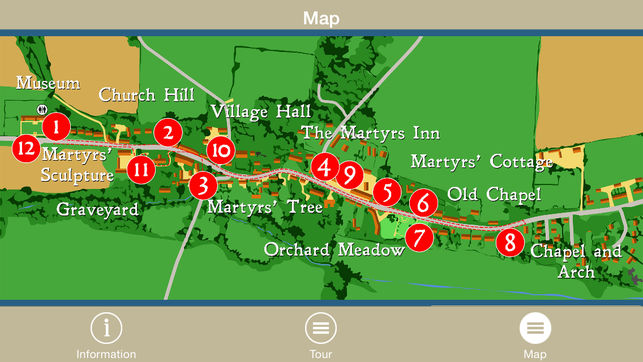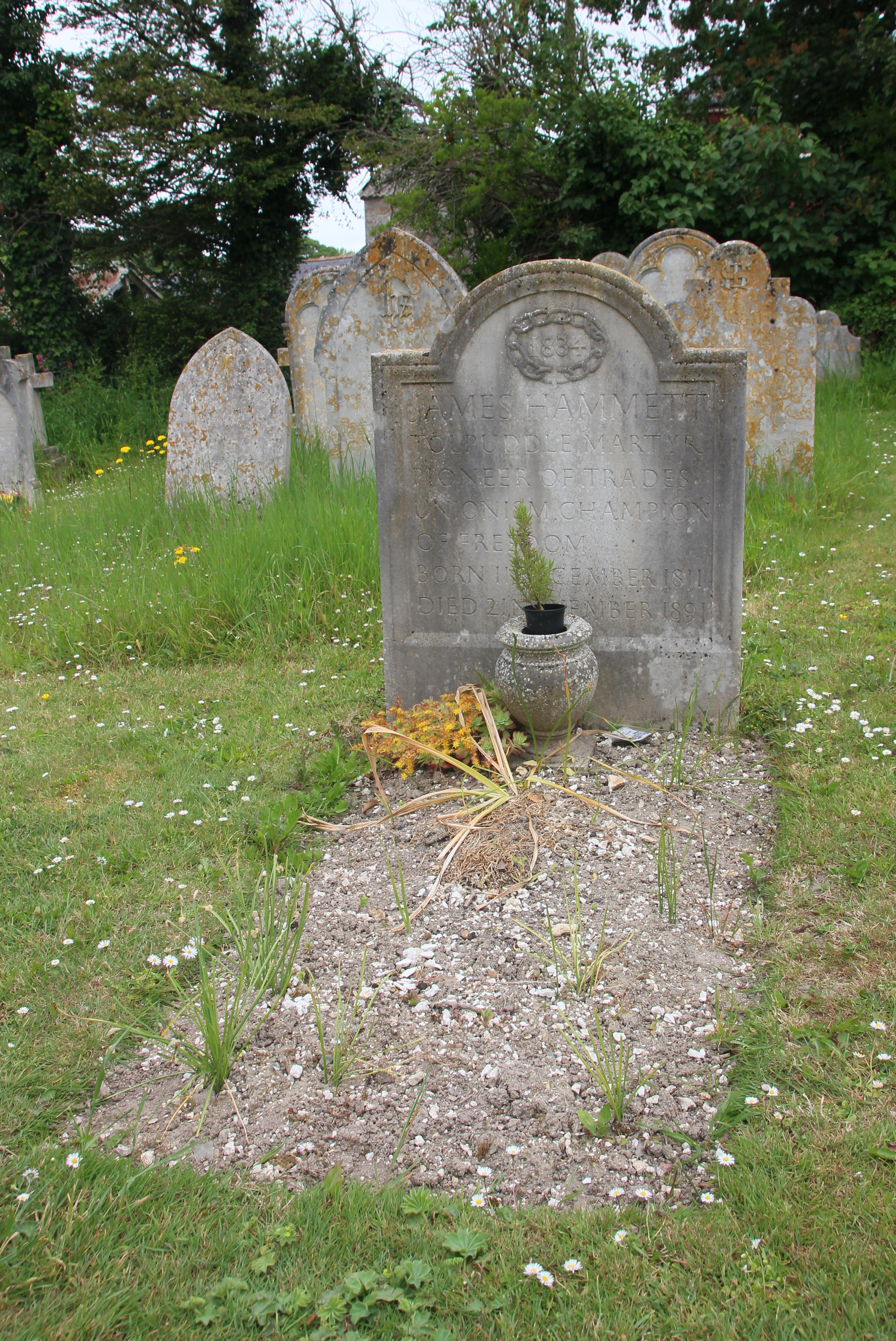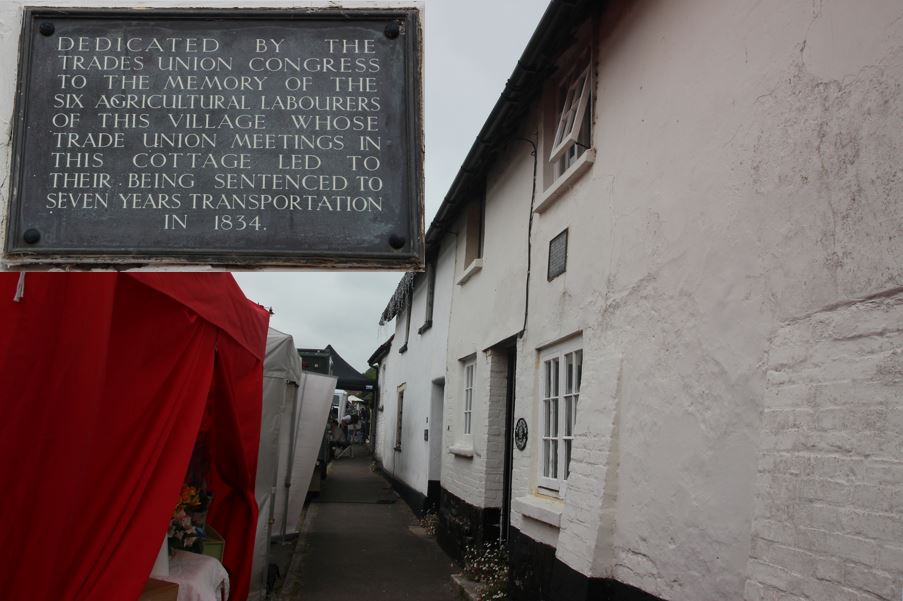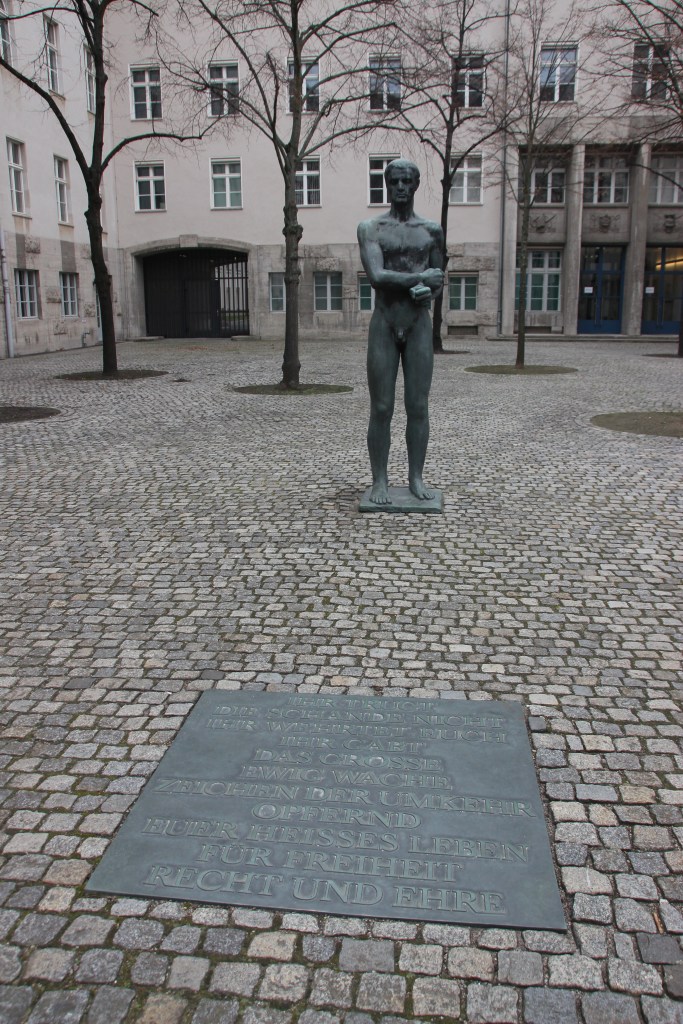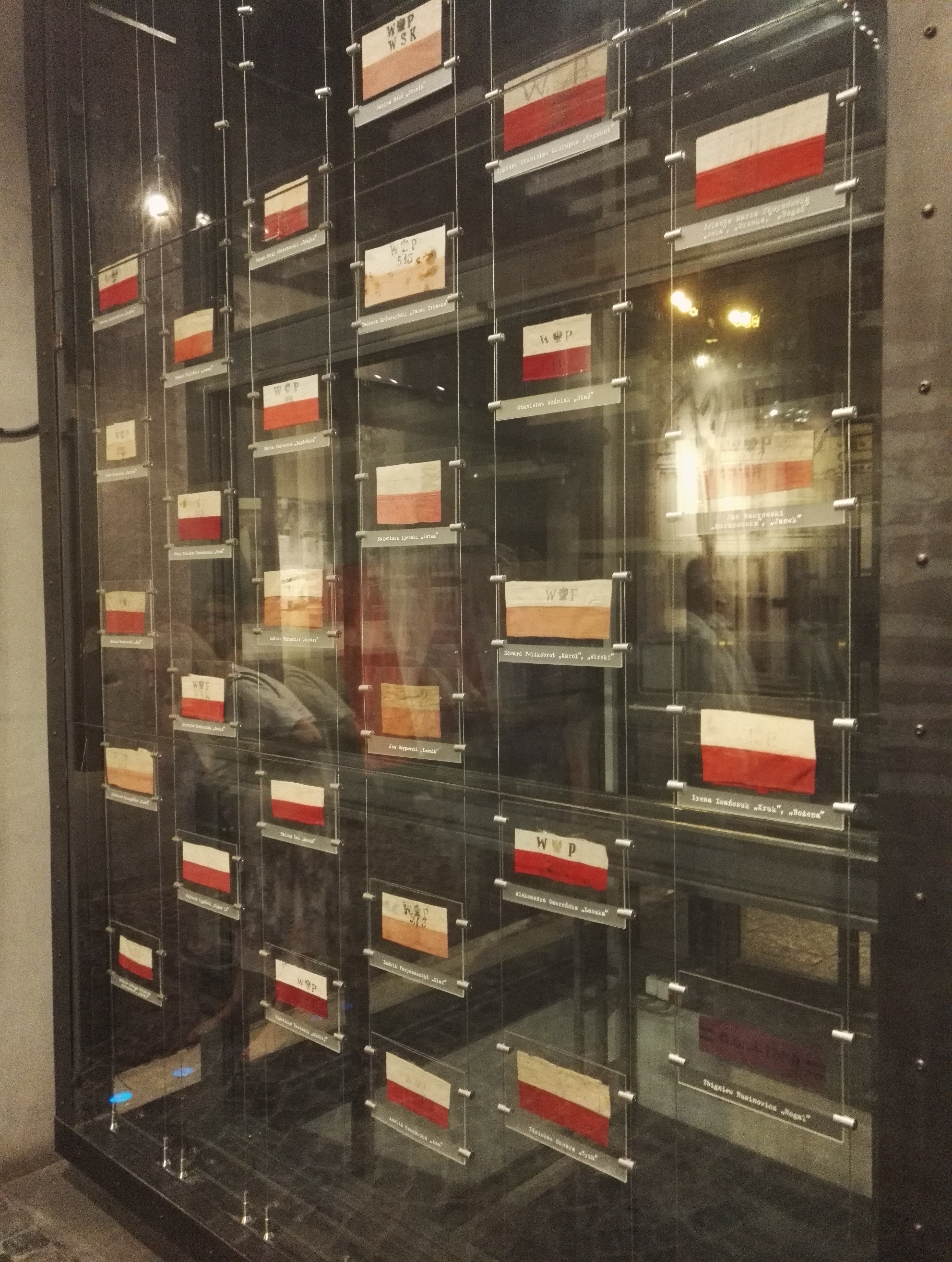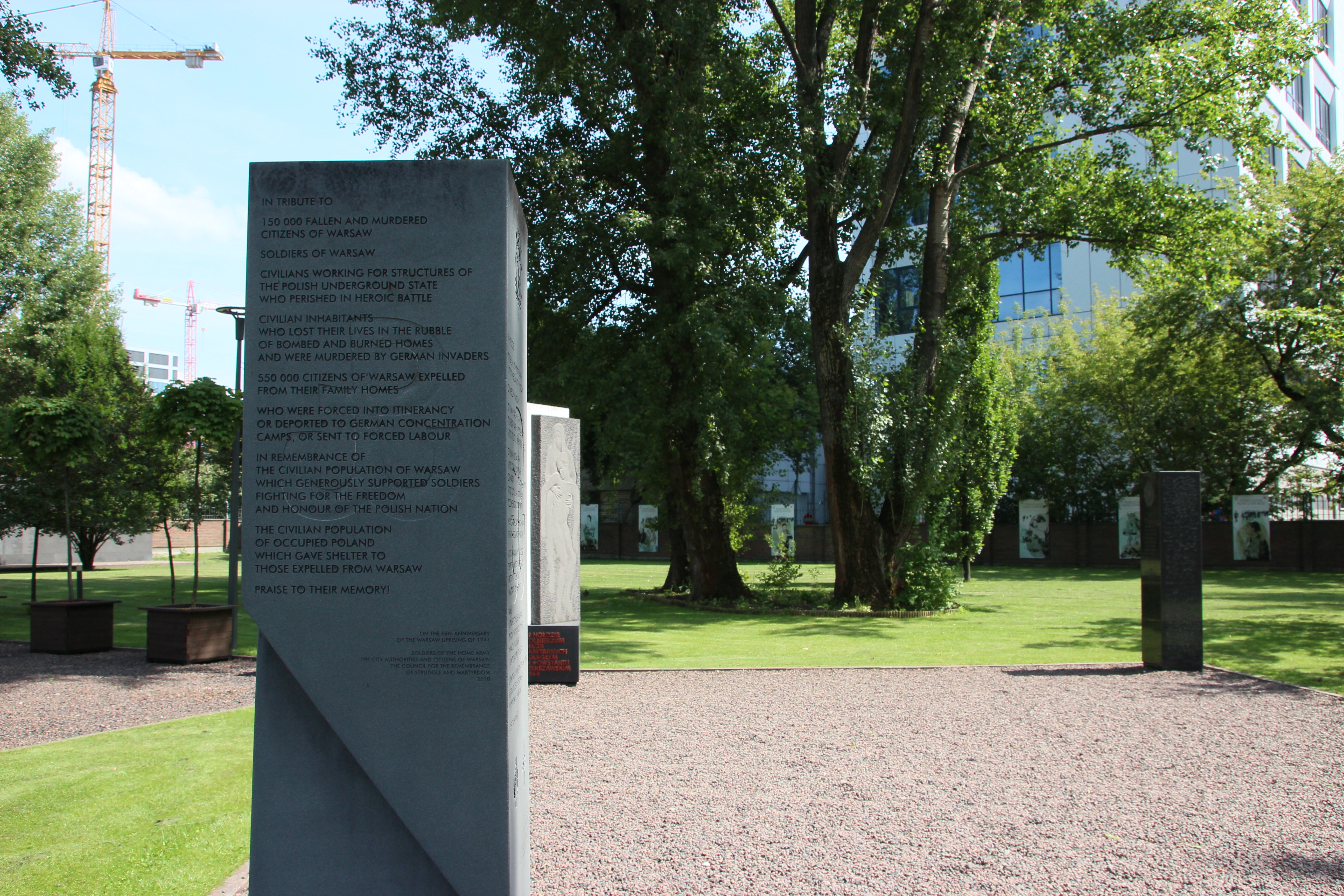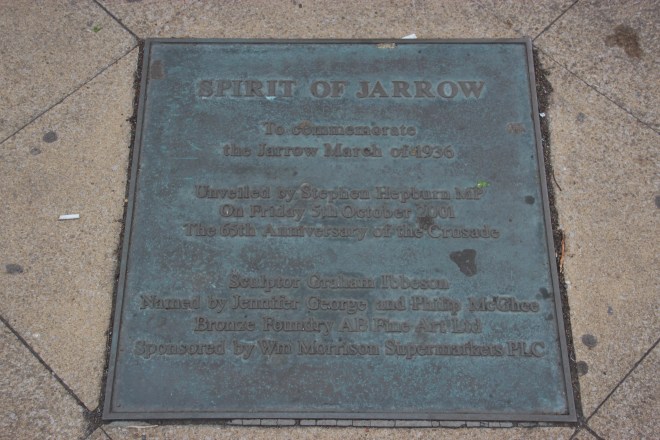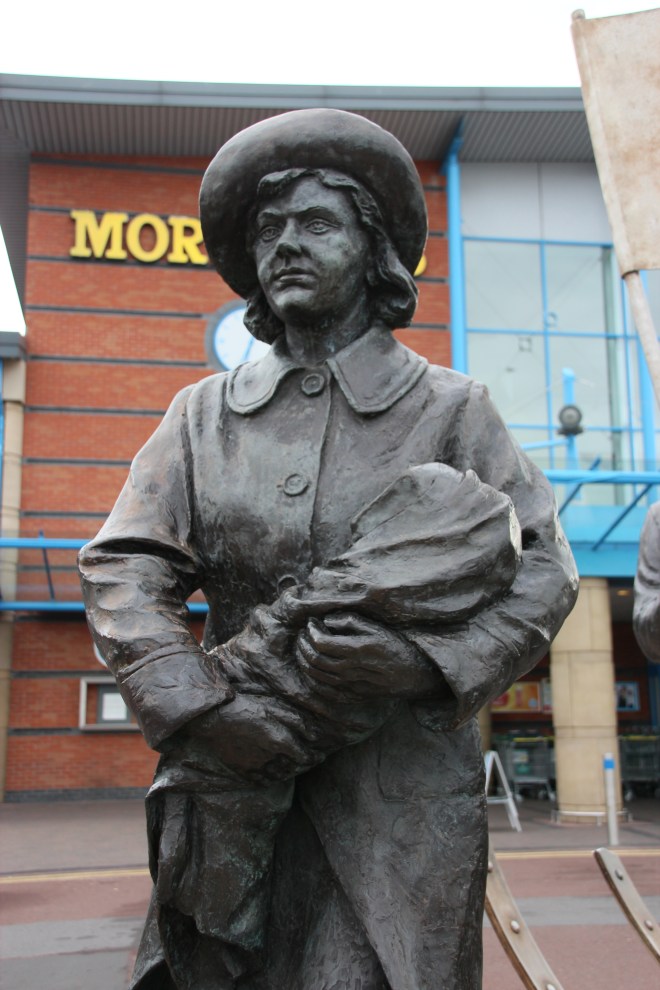Whenever I move to a new city I like to get to know its history, especially its radical history. So when I started reading up on Edinburgh, and found out it has a memorial to five political reformers, I knew it had to be one of the first places I visited when I arrived. The memorial is a familiar part of the skyline of central Edinburgh, but few know who it commemorates, or what they did to deserve such a tribute.

The Political Martyrs Memorial is located in the Old Calton Burial Ground on Waterloo Place. Edinburgh’s graveyards are interesting and atmospheric places. The Greyfriar’s Kirkyard is probably the most famous for its connection to Greyfriar’s Bobby and JK Rowling, amongst others. It is a popular stop for Edinburgh’s numerous ghost tours. The Old Calton Burial Ground has several notable features too, however. As well as the Political Martyr’s Memorial there is also a grand memorial for Enlightenment philosopher David Hume, and the only memorial to soldiers of the American Civil War outside of America, so it’s worth a visit even if radical history isn’t your thing.

Unveiled in 1844, the Political Martyr’s Memorial is a 27 metre tall obelisk on a square base. The plan to erect a monument to the five martyr’s was the brainchild of Joseph Hume, a Scottish doctor and MP. He chaired a London-based committee to raise the funds for the memorial. It was designed by Thomas Hamilton, who also designed the Burns Memorial on Calton Hill. The original plan was to site the memorial on Calton Hill itself, but the local council refused, so a plot was acquired in the burial ground instead. On the north face are inscribed the names of the men which the memorial is dedicated to: Thomas Muir, Thomas Fyshe Palmer, William Skirving, Maurice Margarot, and Joseph Gerrald.

Two quotes are inscribed on the west face of the obelisk. They are part of speeches given by two of the radicals during their trials. The first is from Thomas Muir, and reads:
I have devoted myself to the cause of the people. It is a good cause – it shall ultimately prevail – it shall finally triumph.
30th August 1793.
The second quote is from William Skirving:
I know that what has been done these two days will be rejudged.
7th January 1794.

The 1790s were a politically turbulent time across Europe. Inspired by the French Revolution in 1789 and the publication of texts such as Thomas Paine’s The Rights of Man, reformers in many countries began to demand change, and Scotland was no exception. The men commemorated by the Political Martyr’s Memorial were just some of the reformers who fell victim to a wave of oppression that swept across Europe. Thomas Muir and William Skirving were the only two out of the five who were Scottish (the other three were English), but all five were arrested for sedition in Scotland. They were part of a movement that was demanding universal suffrage (for men) and annual elections. Contrary to the fate the name of the monument implies, however, the men were not executed for their ‘crimes’; they were sentenced to transportation to Australia. Margarot was the only one who ever made it back to Britain alive.
Hume also initiated plans for a similar (but smaller) memorial in London, which was erected in Nunhead Cemetery in 1852. Campaigns for political reform in Britain continued, on and off, well into the nineteenth century. Hume and the other members of the committee that funded and built the memorial wanted some heroes for the new generation of reformers to rally around. It takes political power and financial resources to build a memorial, so it is relatively unusual for radical people and events to be commemorated in this way (unless they later come to be seen as fighting for a good cause). Although wanting change, Hume was still part of the political establishment, so he would have been keen to tone down the more radical elements of the 1790s campaign. The Political Martyr’s Monument doesn’t mention any specific demands or actions, and the two quotes featured are quite moderate.
As an object, the Political Martyr’s Memorial is relatively nondescript. There are lots of monuments on Calton Hill, and if I’m honest most of the others are more interesting to look at. However, the story of its’ construction, and those of the men it commemorates, are interesting. I’m certainly glad I went to visit, even if only because it led me to these stories.
Sources and further reading
Bambery, Chris. A People’s History of Scotland (2nd edition). London: Verso, 2018.
Canmore. “Edinburgh, Waterloo Place, Old Calton Burial Ground, Martyrs’ Monument.” No date, accessed 9th September. Available at https://canmore.org.uk/site/117414/edinburgh-waterloo-place-old-calton-burial-ground-martyrs-monument
MacAskill, Kenny. “How Scotland’s Martyrs for Democracy were Written out of History.” The Scotsman. Last modified 27th February 2020, accessed 9th September 2020. Available at https://www.scotsman.com/heritage-and-retro/heritage/how-scotlands-martyrs-democracy-were-written-out-history-kenny-macaskill-1995976
Wikipedia. “Political Martyr’s Monument.” Last modified 6th May 2020, accessed 9th September 2020. Available at https://en.wikipedia.org/wiki/Political_Martyrs%27_Monument#:~:text=The%20Political%20Martyrs%20Monument%2C%20located,18th%20and%20early%2019th%20centuries.
